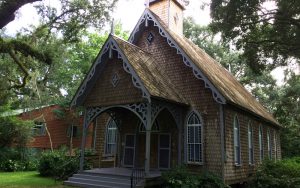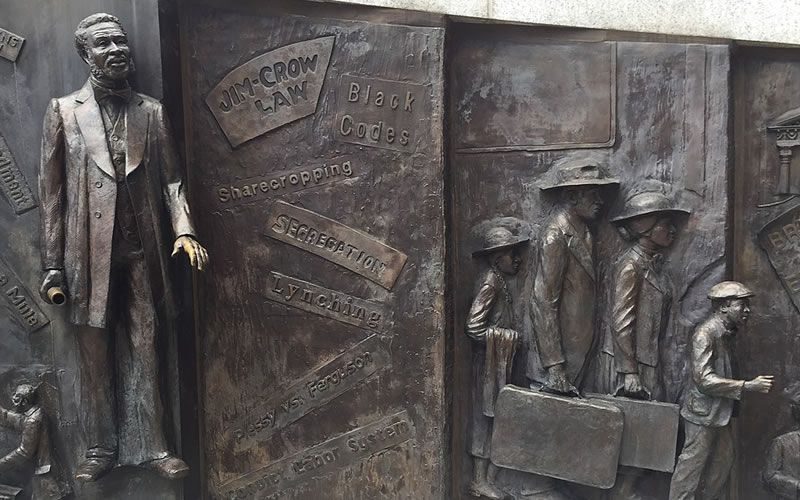With lots of talk in recent weeks about statues and memorials – see more in publisher Andy Brack’s new commentary – what and where is this reflection of the past? Is it important?
Send your best guess to: editor@charlestoncurrents.com — and make sure to include the name of the town in which you live. Please also write “Mystery Photo” in the subject line.
 If you’ve ever been to the village of McClellanville in northern Charleston County, you’ve probably noticed the old chapel of ease that is the St. James-Santee Episcopal Church. Contributing photographer Michael Kaynard snapped this shot, which was recognized by a boatload of folks.
If you’ve ever been to the village of McClellanville in northern Charleston County, you’ve probably noticed the old chapel of ease that is the St. James-Santee Episcopal Church. Contributing photographer Michael Kaynard snapped this shot, which was recognized by a boatload of folks.
Congratulations to veteran sleuths George Graf of Palmyra, Va., and Chris Brooks of Mount Pleasant, as well as the Rev. Calhoun Walpole, Jim McMahan and Anne Semmes of Charleston; Carol Ann Smalley and Charlie Morrison, both of James Island; Margaret Grant of West Ashley; Marnie Huger of Richmond, Va.; Bill Segars of Hartsville; Carolyn Coker of Mount Pleasant; and Charlotte Kitchen of Hephzibah, Ga. (it’s near Augusta).
Segars added that the chapel of ease is one of his favorites: “As the name indicates, it was built for the “ease”, or convenience, of the St. James Santee Parish members in the McClellanville area. The rector would come to them here rather than the members going to the Parish Church on the Old Georgetown Rd, outside of McClellanville.”
Graf also added: “According to stjamessantee.org, In January 1687, a group of French Protestant (Huguenot) immigrants ventured up the Santee River and found a 30-foot high limestone bluff where they sheltered beneath a sail until they could construct a more substantial building “in the Carolina fashion.” They called their settlement Jamestown and began selecting sites for plantations up and down the river. They were joined by other French refugees who had fled persecution, forced abjuration of their faith and sometimes death in their native land. The area became known as French Santee. Of primary importance to them was the establishment of a place of worship and they set aside a strip of land on the bluff overlooking the river for their church and graveyard. On April 9, 1706, St. James Santee was chartered as a parish of the Church of England – the first parish (the primary geo-political and ecclesiastical unit of the colony) created outside of the city of Charles Towne in Carolina.”
- Have a comment? Send to: editor@charlestoncurrents.com.




 We Can Do Better, South Carolina!
We Can Do Better, South Carolina!
























